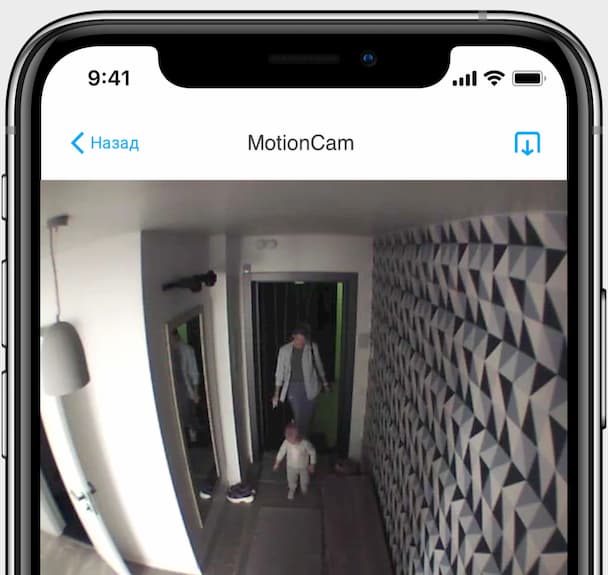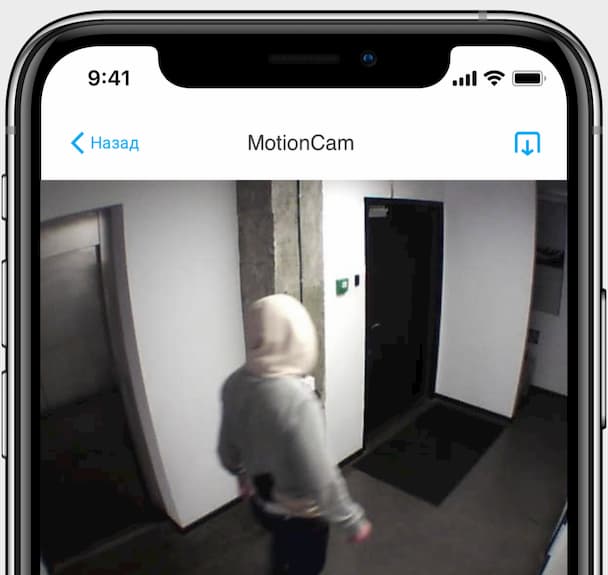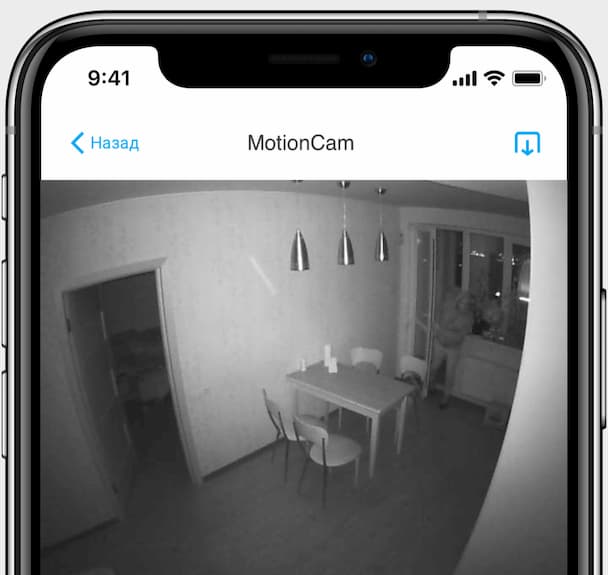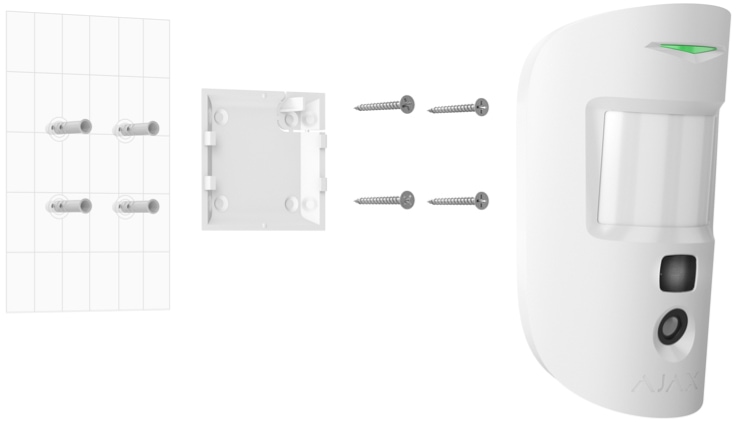
MotionCam Jeweller


More than a photo. Faster than a video.
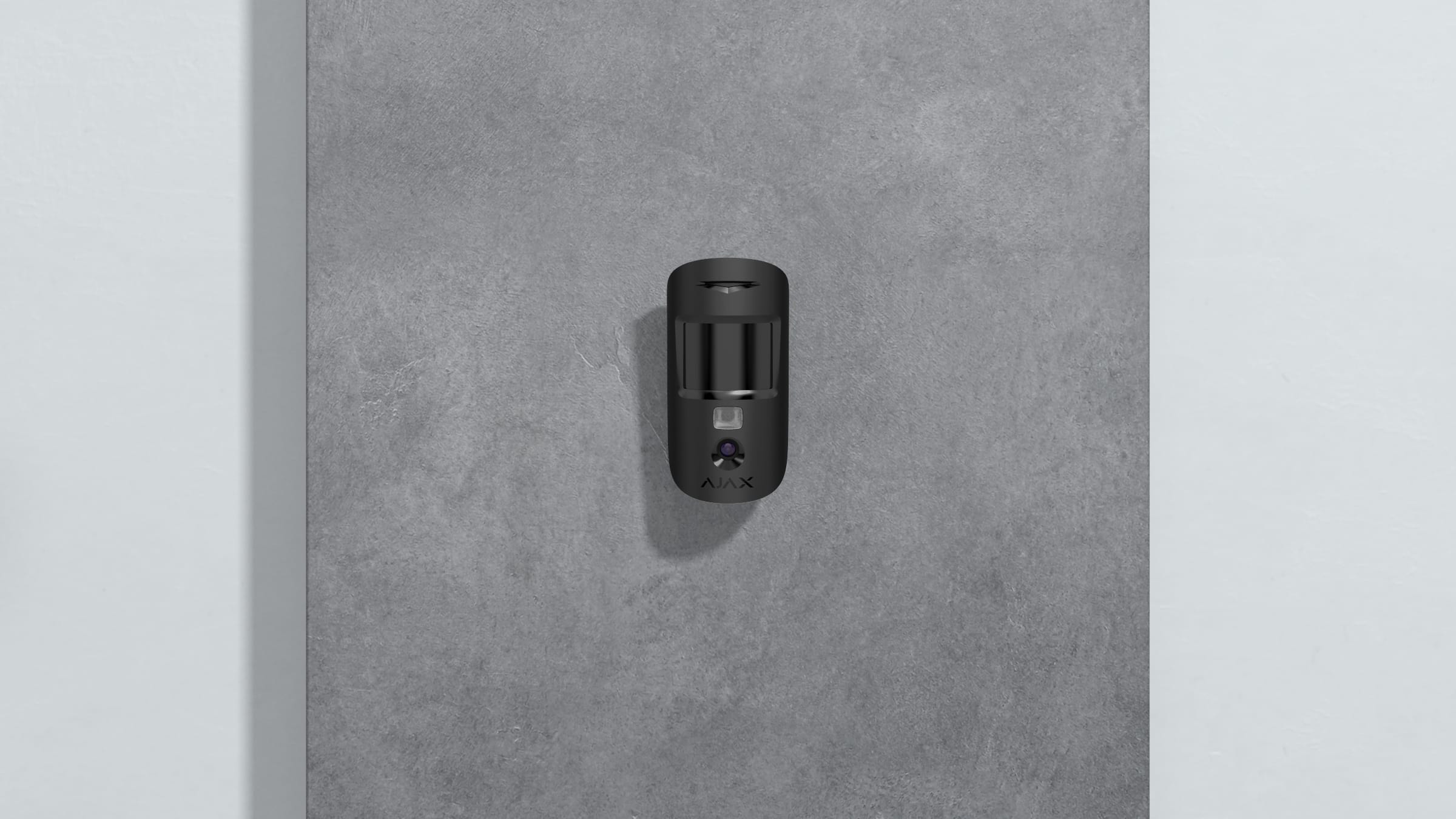



Unique wireless technologies



MotionCam simultaneously uses two specialized radio protocols: Jeweller for sending instantaneous alarms and Wings for rapid image delivery. You’ll receive the first snapshot of the event within 9 seconds after motion is detected. As usual, the alarm notification will arrive in a split of a second, even if the signal is unstable.
You can set up MotionCam at a distance of up to 1700 meters from the hub to establish visual control of the most critical areas. The new detector features a record-breaking operating efficiency with up to 4 years of battery life.channel at a distance of up to
delivered in under
pre-installed batteries
MotionCam simultaneously uses two specialized radio protocols: Jeweller for sending instantaneous alarms and Wings for rapid image delivery. You can receive pictures on a distance The two channels work without interfering with each other. So you can see the picture of the situation within 9 seconds from motion detection.
MotionCam transmits photographs at a distance of 1700 meters even if the signal level is unstable, which is critical for rural areas or concrete jungles. Operating for up to 4 years on the pre-installed batteries, the detector spares you the hassle of maintaining itself frequently.
Intuitive to pair and install
MotionCam connects to the Ajax security system in a few taps. Open the Ajax app, scan the QR code, and assign the detector to one of the rooms.
Mount the detector on a wall without disassembling. Make sure that no vases, wardrobes, or glass objects are blocking its view angle. You’re all set!
-
Easy to pair with a QR-code
-
Fast mounting with a SmartBracket
-
Mobile app to adjust, test, and control
Tech specs
Height: up to 50 cm
Vertical — 80°
Photo quality: up to 640 × 480
Pictures in a series: 1-5 pcs
Learn more
Two-way communication between devices
Radio frequency bands:
866.0 – 866.5 MHz
868.0 – 868.6 MHz
868.7 – 869.2 MHz
905.0 – 926.5 MHz
915.85 – 926.5 MHz
921.0 – 922.0 MHz
(depends on the region of sale)
Self-adjusting RF output power: up to 20 mW
Block encryption based on AES algorithm
Detector polling period: 12−300 s
Frequency hopping
Learn more about Jeweller
From -10°C to +40°C (manufacture date from June 1, 2020)
How to find the manufacture date of a detector or device
Jamming notification
Tamper-resistant
CMS software supporting visual alarms verification
Learn more
SmartBracket mounting panel
x2 CR123A batteries (pre-installed)
Installation kit
Quick Start Guide






